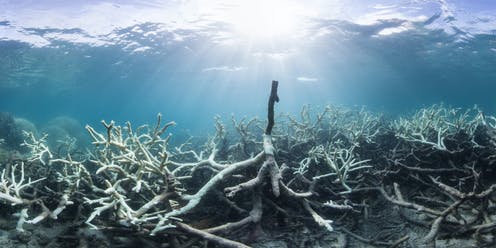More than half of all species whose conservation status cannot be assessed, due to a lack of data, are probably threatened with extinction, according to a study published on Thursday in the scientific journal ‘Communications Biology’.
The International Union for Conservation of Nature (IUCN), which keeps a global red list of threatened species, currently has data on 150,000 plant and animal species, of which around 41,000 (28%) are threatened with extinction.
The list includes 41% of amphibians, 38% of sharks and rays or 27% of mammals.
However, for thousands of other species, the IUCN lacks data to assess their conservation status, which can range from “least concern” to “critically endangered” or even “extinct.”
Researchers at the Norwegian University of Science and Technology have used a machine-learning technique, via an algorithm, to come up with estimates for 7,699 species for which data is lacking. It shows that 4,336 of them, or more than half, would probably be threatened with extinction, including 85% of the amphibians on this additional list and 61% of the mammals.
“We see that, across most land and coastal areas around the world, the rate of extinction could be higher by including species for which we lack data,” the study’s lead author, Jan Borgelt, told AFP.
The study also highlights certain regions where the risk is greater, such as Madagascar, which has a unique fauna, and southern India. It could help IUCN to develop a strategy on underassessed species, Borgelt hopes.
A UN report published in 2019 warns that a million species are threatened with extinction in the medium to long term, due to habitat loss, climate change, invasive species and overexploitation.

